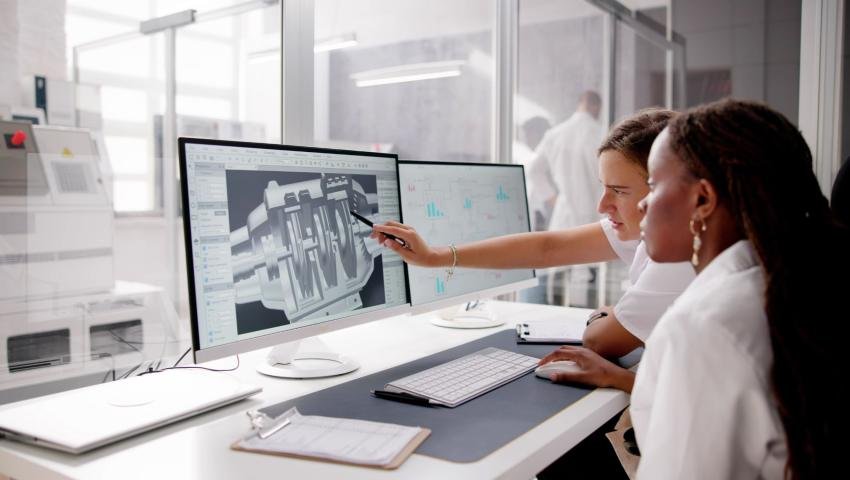
Freelance 3D Modelling: How to Get Clients and Build a Portfolio
Want to turn your 3D modeling skills into a freelance career? Freelance 3D Modelling: How to Get Clients and Build a Portfolio gives you the essentials to start strong. Learn how to attract clients, showcase your work, and grow a portfolio that gets noticed. Ideal for artists ready to go pro in the 3D world.
How to Build a Portfolio and Attract Clients in Freelance 3D Modeling
3D modelling has exploded in demand — from gaming and animation to product design and virtual reality. But the real challenge? Getting clients and proving your skills as a freelancer.
In this guide, you'll learn exactly how to kickstart your freelance 3D modelling journey, find clients, and build a killer portfolio that gets you noticed.
Step 1: Master the Craft — Choose Your Niche
Before reaching out to clients, be clear on what kind of 3D modelling you want to offer. Some top niches include:
Game Asset Design (low-poly/high-poly models)
Character Modelling (for games or animation)
Architectural Visualization
Product Modelling (for e-commerce or ads)
3D Environment Modelling
Tip: Stick to one or two niches at first — this helps you market your skills more clearly and specialize faster.
Step 2: Build a Portfolio That Stuns (Even Without Clients)
Make a good first impression with your portfolio.
What to include:
5–10 of your best 3D models
Clear renders (from different angles)
Wireframes and texture breakdowns
Turntable animations (optional but impressive)
If you don’t have clients yet:
Create personal projects based on real-world briefs.
Recreate famous scenes or props from games or movies.
Take part in online competitions using programs like ArtStation, Sketchfab, or CGBoost.
Tools to showcase your work:
Your own website (use Wix or WordPress)
Step 3: Where to Find Your First Clients
Finding freelance gigs takes strategy. Here are your best options:
Freelance Platforms:
Upwork – Great for long-term projects.
Fiverr – Ideal for quick, smaller gigs.
Freelancer.com – Mix of beginner and expert jobs.
PeoplePerHour – UK-focused, but global projects too.
Creative Job Boards:
CGTrader Jobs
ArtStation Jobs
99Designs (for product mockups)
Polycount Forum
Direct Outreach:
Contact game developers on LinkedIn or Twitter.
Offer free or discounted models for indie game studios.
Email small product businesses offering 3D mockups.
Tip: Make a short “pitch email” showing your best 2-3 works with a strong subject line like:
“Need 3D models for your game? I’m ready to help!”
Step 4: Set Your Pricing and Services
Freelancers often undervalue themselves. Here’s how to avoid that:
Service | Starting Price (USD) |
|---|---|
Simple 3D Product Model | $30–$100 |
Game Character Model | $200–$800 |
3D Animation/Turntable | $50–$300 |
Full Scene (Environment) | $400+ |
Offer tiered pricing: Basic – Standard – Premium
This helps clients with different budgets choose you.
Step 5: Promote Yourself Consistently
You need to be visible online. Here’s how:
Post behind-the-scenes content on Instagram & LinkedIn
Share work-in-progress shots weekly
Join 3D artist communities (Reddit, Discord, Facebook groups)
Start a YouTube or TikTok channel showing your process
BONUS: Add your portfolio link in all bios and posts
Final Thoughts
Freelance 3D modelling is a fantastic way to turn creativity into income — but it takes hustle, consistency, and a strong visual portfolio.
Don’t wait for clients to come to you. Present your work, expand your contacts, and never stop learning. The more you model, the more you grow.
Tooba Wajid
Leave a comment
Your email address will not be published. Required fields are marked *

